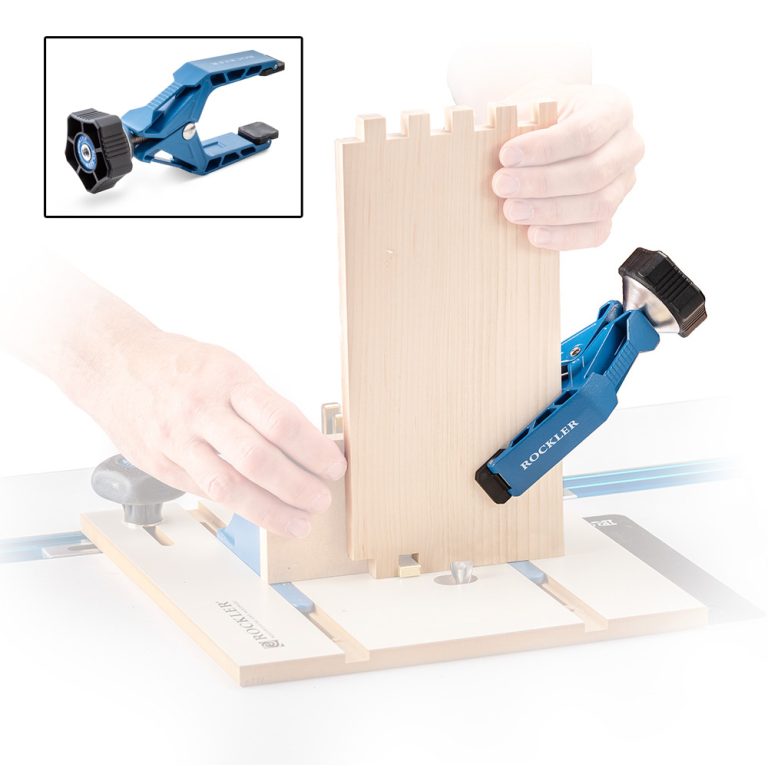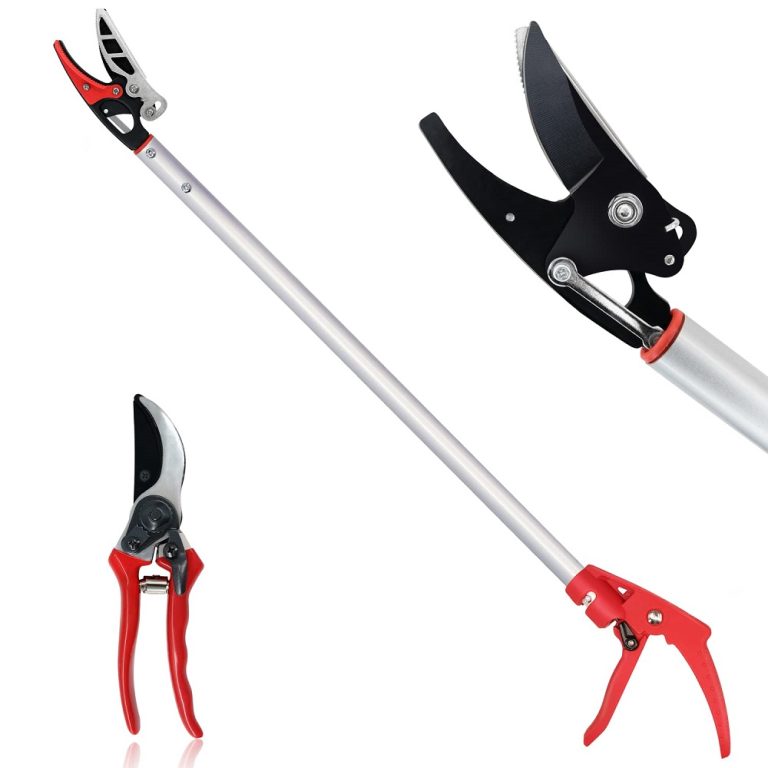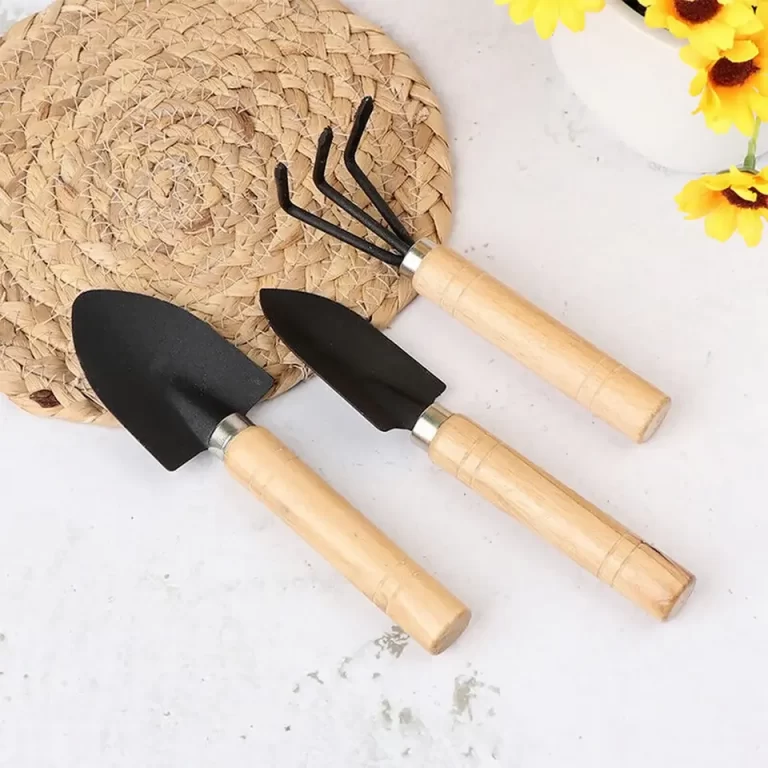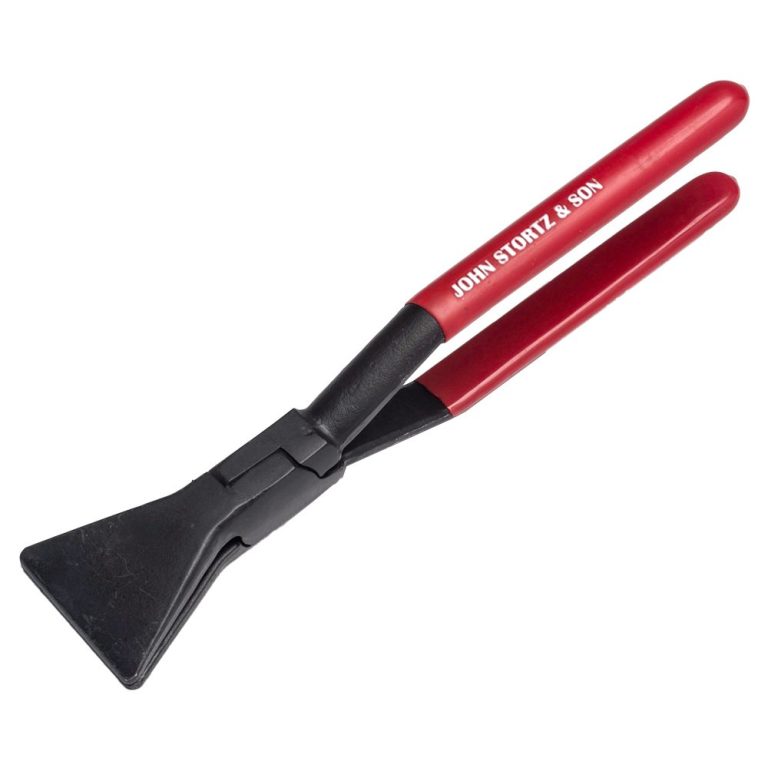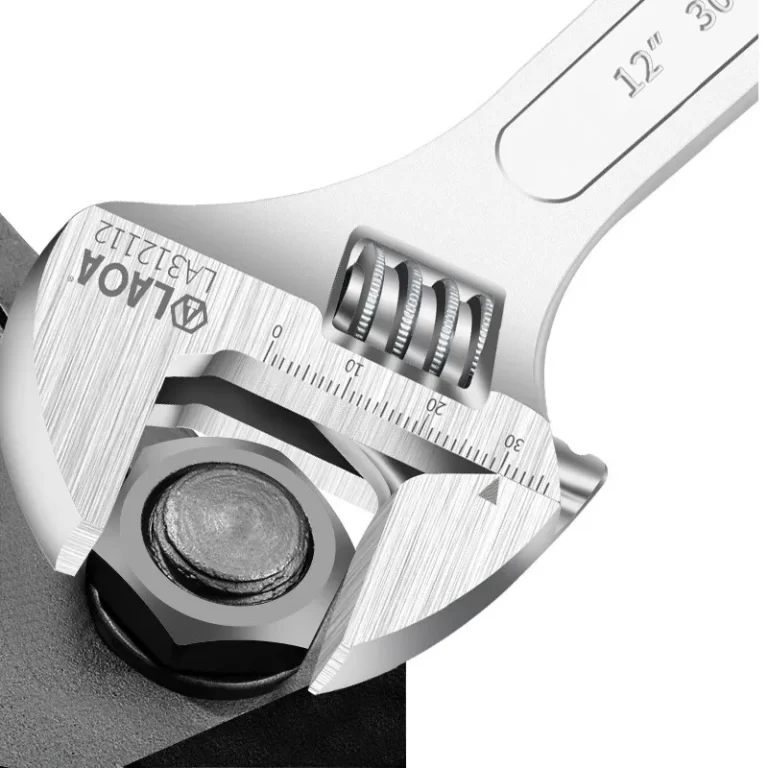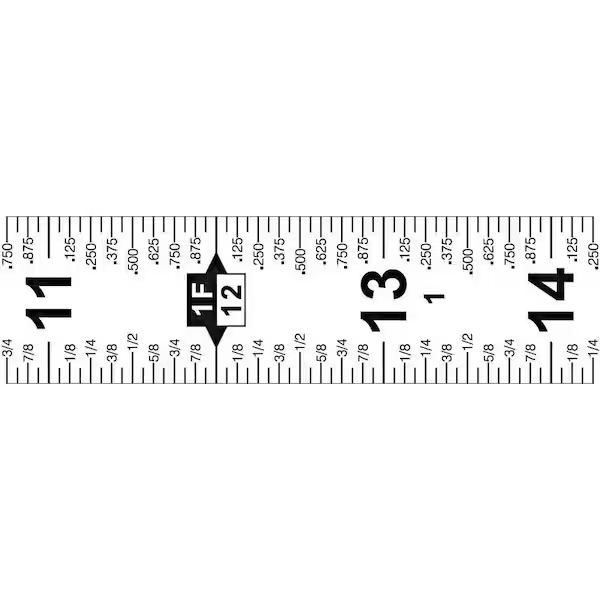Accurate measurements are crucial in various fields such as construction, tailoring, and DIY projects. Understanding adding tape measure fractions is an essential skill that can significantly enhance precision and efficiency in your work. This guide delves into the intricacies of adding tape measure fractions, providing you with the knowledge and techniques needed to handle measurements confidently. Whether you’re a seasoned professional or a novice enthusiast, mastering this skill will ensure your projects are executed flawlessly.
 Understanding Tape Measure Fractions
Understanding Tape Measure Fractions
Before diving into the methods of adding tape measure fractions, it’s important to grasp the basics of how tape measures display fractions. Standard tape measures typically mark inches and fractions of an inch, usually down to 1/16th. Each inch is divided into smaller segments, allowing for precise measurements.
The Structure of a Tape Measure
A typical tape measure is marked with both metric and imperial units, but focusing on the imperial side, each inch is subdivided into smaller fractions. Typically, you’ll find markings for 1/2, 1/4, 1/8, and 1/16 of an inch. These fractions are essential for achieving precise measurements in various projects.
Importance of Fractional Markings
Fractional markings on a tape measure enable users to measure dimensions accurately. Understanding these fractions and how they interrelate is fundamental when adding measurements together. This precision is especially important in tasks that require exact sizing, such as woodworking or garment making.
The Basics of Adding Fractions
Adding fractions is a fundamental mathematical skill that is directly applicable when using a tape measure. To add fractions of an inch accurately, it’s vital to understand the common denominators and how to simplify fractions for ease of use.
Common Denominators Explained
When adding fractions, having a common denominator simplifies the process. For example, when adding 1/4 inch and 1/8 inch, converting them to have a common denominator allows for straightforward addition:
- 1/4 inch is equivalent to 2/8 inch.
- 2/8 inch + 1/8 inch = 3/8 inch.
This conversion is essential when using a tape measure, as it ensures that measurements are accurate and consistent.
Simplifying Fractions for Measurement
Simplifying fractions when adding tape measure fractions can make the process quicker and reduce the likelihood of errors. For instance, when adding 3/16 inch and 5/16 inch:
- 3/16 inch + 5/16 inch = 8/16 inch.
- 8/16 inch simplifies to 1/2 inch.
Simplifying fractions helps in maintaining clarity and precision in measurements, which is crucial for the success of any project.
 Techniques for Adding Tape Measure Fractions
Techniques for Adding Tape Measure Fractions
There are several effective techniques to add tape measure fractions accurately. These methods range from basic arithmetic to more advanced strategies that can save time and enhance precision.
Step-by-Step Addition Method
One of the most straightforward ways to add tape measure fractions is through the step-by-step addition method. This approach involves adding each fractional part individually, ensuring accuracy at every step.
Example: Adding 1/8 inch and 3/16 inch
- Convert to Common Denominator:
- 1/8 inch = 2/16 inch.
- 2/16 inch + 3/16 inch = 5/16 inch.
- Combine Whole Inches if Present: If there are whole inches involved, add them separately from the fractions.
This method ensures that each fraction is accurately accounted for, resulting in a precise total measurement.
Using Visual Aids and Tools
Visual aids can significantly enhance the process of adding tape measure fractions. Tools such as fraction charts or digital apps can provide a visual representation of the fractions, making it easier to add them accurately.
Fraction Charts
A fraction chart displays various fractions side by side, allowing you to quickly identify equivalent fractions and common denominators. By referring to a fraction chart, you can simplify the addition process and reduce the risk of errors.
Digital Measurement Tools
Modern technology offers digital tools and apps that can assist in adding tape measure fractions. These tools often include calculators that automatically handle fractional conversions and additions, streamlining the measurement process.
Practical Exercises for Mastery
Practicing the addition of tape measure fractions through practical exercises can build proficiency and confidence. Engage in hands-on projects that require precise measurements, and apply the addition techniques to reinforce your skills.
DIY Projects
Embarking on DIY projects, such as building a bookshelf or sewing a garment, provides an excellent opportunity to practice adding tape measure fractions. These real-world applications help solidify your understanding and improve your accuracy.
Measurement Drills
Conducting measurement drills involves repeatedly adding different tape measure fractions in a controlled setting. This repetitive practice enhances your speed and accuracy, making the process second nature during actual projects.
Common Challenges and Solutions
While adding tape measure fractions is a straightforward concept, several challenges can arise. Understanding these common issues and their solutions can help you navigate the process more effectively.
Dealing with Complex Fractions
Complex fractions, such as 7/16 inch or 11/16 inch, can be intimidating. Breaking them down into simpler components and finding common denominators can make the addition process manageable.
Breaking Down Complex Fractions
For example, adding 7/16 inch and 9/16 inch:
- Both fractions already share the same denominator.
- 7/16 inch + 9/16 inch = 16/16 inch = 1 inch.
Simplifying complex fractions by focusing on their denominators and numerators simplifies the addition process.
Avoiding Measurement Errors
Measurement errors can occur due to misreading the tape measure or incorrect fraction conversion. Employing careful observation and double-checking measurements can minimize these errors.
Double-Checking Measurements
Always verify your measurements by repeating the addition process. This practice ensures that the final measurement is accurate and reliable, preventing costly mistakes in your projects.
Managing Mixed Measurements
Sometimes, measurements involve both whole inches and fractions. Properly separating and then combining these elements is crucial for accurate addition.
Separating Whole Inches and Fractions
For instance, when adding 2 inches 3/8 inch and 1 inch 5/16 inch:
- Add Whole Inches: 2 inches + 1 inch = 3 inches.
- Add Fractions: 3/8 inch + 5/16 inch.
- Convert to common denominator: 3/8 inch = 6/16 inch.
- 6/16 inch + 5/16 inch = 11/16 inch.
- Combine: 3 inches + 11/16 inch = 3 11/16 inches.
This method ensures that both the whole inches and the fractions are accurately added together.
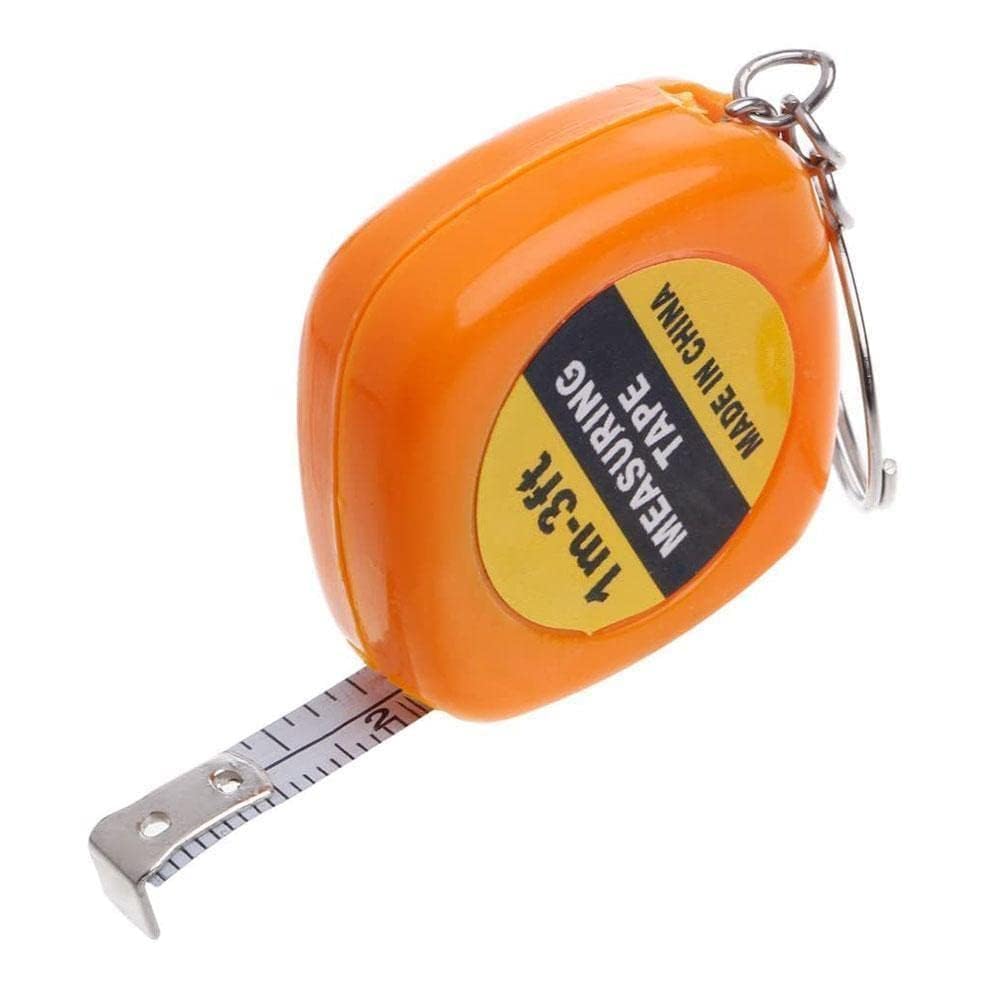 Practical Applications of Adding Tape Measure Fractions
Practical Applications of Adding Tape Measure Fractions
Understanding how to add tape measure fractions is not just a mathematical exercise—it has numerous practical applications across various fields. Here are some scenarios where this skill is invaluable.
Construction and Carpentry
In construction and carpentry, precise measurements are crucial for creating structures that are both functional and aesthetically pleasing. Adding tape measure fractions accurately ensures that materials fit together seamlessly.
Framing and Layout
When framing walls or laying out floor plans, adding tape measure fractions helps determine the exact lengths needed for lumber and other materials. This precision reduces waste and ensures that components fit together as intended.
Tailoring and Sewing
In tailoring and sewing, accurate measurements are vital for creating garments that fit properly. Adding tape measure fractions ensures that fabric pieces are cut to the correct sizes, resulting in well-fitted clothing.
Pattern Making
When creating sewing patterns, adding tape measure fractions allows for precise adjustments to garment dimensions. This accuracy is essential for achieving the desired fit and style.
DIY Home Projects
From building furniture to installing fixtures, DIY home projects require accurate measurements to succeed. Adding tape measure fractions ensures that each component is the correct size, leading to professional-looking results.
Furniture Assembly
When assembling furniture, adding tape measure fractions helps ensure that each piece fits together correctly. This precision prevents gaps and misalignments, resulting in sturdy and attractive furniture.
Interior Design
In interior design, measurements guide the placement of furniture, fixtures, and decorative elements. Adding tape measure fractions ensures that everything fits perfectly within a space, enhancing both functionality and aesthetics.
Space Planning
Accurate measurements are essential for effective space planning. By adding tape measure fractions, designers can determine the best arrangement of elements to optimize the use of space.
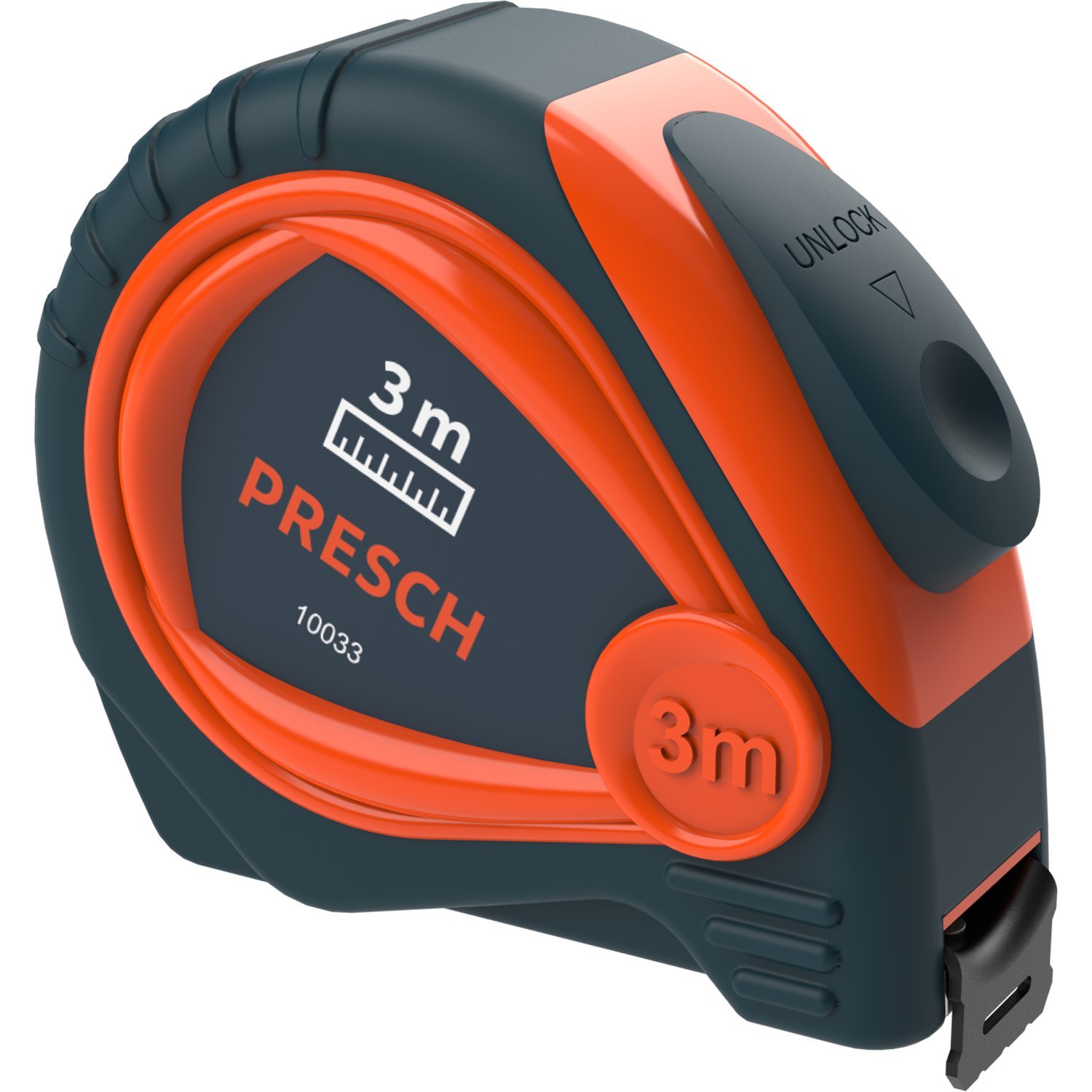 Tips for Accuracy and Efficiency
Tips for Accuracy and Efficiency
Achieving accuracy and efficiency when adding tape measure fractions requires attention to detail and the adoption of best practices. Here are some tips to help you measure accurately and add fractions with confidence.
Consistent Measurement Techniques
Maintaining consistent measurement techniques ensures that each measurement is accurate and reliable. Using the same method each time reduces the likelihood of errors.
Aligning the Tape Properly
Ensure that the tape measure is aligned correctly with the starting point of the measurement. Misalignment can lead to inaccurate measurements and incorrect fractional additions.
Double-Checking Calculations
Always double-check your calculations to confirm their accuracy. Taking a moment to verify your measurements can prevent mistakes that may compromise the project’s success.
Peer Review
Having someone else review your measurements and calculations can provide an additional layer of verification, ensuring that no errors go unnoticed.
Using High-Quality Tools
Investing in high-quality tape measures with clear fractional markings can improve measurement accuracy. Superior tools provide better visibility and durability, enhancing overall measurement reliability.
Marking Tools
Using marking tools like pens or pencils to note measurements ensures that fractional additions are recorded accurately. Clear markings prevent confusion and facilitate easy reference during calculations.
Organizing Measurements
Keeping your measurements organized helps in tracking and adding fractions efficiently. Whether using a notebook or digital tools, organized measurements reduce the risk of errors and streamline the addition process.
Measurement Logs
Maintaining a log of measurements and their corresponding fractions can provide a clear reference, making it easier to add and compare measurements as needed.
Common Mistakes to Avoid
Avoiding common mistakes when adding tape measure fractions is essential for maintaining accuracy and efficiency. Being aware of these pitfalls can help you refine your measurement practices.
Misreading Fractional Marks
One of the most common mistakes is misreading the fractional marks on a tape measure. Taking the time to accurately identify each fraction prevents calculation errors.
Focus and Precision
Maintaining focus and precision when reading fractions ensures that measurements are interpreted correctly. Avoid rushing through the process to minimize the risk of misreading.
Incorrect Fraction Conversion
Incorrectly converting fractions to a common denominator can lead to inaccurate addition. Ensuring that fractions are properly converted before adding is crucial for accurate results.
Step-by-Step Conversion
Follow a step-by-step approach when converting fractions to ensure that each fraction is correctly translated to a common denominator before performing the addition.
Overcomplicating Simple Additions
Overcomplicating simple additions by using unnecessary steps can introduce errors and slow down the process. Keeping the addition process simple and straightforward enhances efficiency.
Simplify Where Possible
Look for opportunities to simplify fractions before adding, reducing the complexity of the calculations and minimizing the potential for mistakes.
Neglecting Whole Inches
Neglecting to account for whole inches when adding tape measure fractions can result in incomplete or incorrect measurements. Always separate and properly add whole inches alongside fractional parts.
Comprehensive Measurement
Ensure that both the whole inches and the fractions are included in your addition process to achieve a complete and accurate total measurement.
 Frequently Asked Questions
Frequently Asked Questions
Addressing common questions can clarify doubts and provide additional insights into the process of adding tape measure fractions.
What is the Best Way to Learn Adding Tape Measure Fractions?
The best way to learn adding tape measure fractions is through a combination of theoretical study and practical application. Start by understanding the basics of fractions and tape measure markings, then practice adding fractions in real-world scenarios to build proficiency.
Can I Use a Calculator for Adding Tape Measure Fractions?
Yes, using a calculator can assist in adding tape measure fractions, especially for complex measurements. However, it’s beneficial to understand the manual process to ensure accuracy when a calculator is not available.
How Do I Convert Fractions to a Common Denominator?
To convert fractions to a common denominator, identify the least common multiple of the denominators and adjust each fraction accordingly. For example, to add 1/4 inch and 1/6 inch, the common denominator is 12, so 1/4 inch becomes 3/12 inch and 1/6 inch becomes 2/12 inch.
What Tools Can Help Me Add Tape Measure Fractions More Easily?
Tools such as fraction charts, digital measurement apps, and high-quality tape measures with clear fractional markings can significantly aid in adding tape measure fraction more easily and accurately.
Is It Necessary to Simplify Fractions When Adding Them?
Simplifying fractions after adding them is not always necessary, but it helps in maintaining clarity and ease of understanding. Simplified fractions are easier to read and work with, reducing the chances of errors.
Conclusion
Mastering adding tape measure fractions is a vital skill that enhances accuracy and efficiency in various projects. Whether you’re engaged in construction, tailoring, or DIY endeavors, the ability to add fractions precisely ensures that your work is of high quality and free from costly mistakes. By understanding the basics, practicing regularly, and utilizing the right tools and techniques, you can confidently add tape measure fractions and achieve outstanding results in all your measurement tasks. Embrace this essential skill, and watch as your projects come to life with precision and professionalism.
